What to do with a skunk after you trap it
If you have spotted and successfully captured a live skunk on your property inside a trap, you may feel that the hard part is now over. However, it is also important to approach the release of the skunk with great care and concern. This is important not only to protect yourself from getting hurt or infected but also to prevent the skunk from returning to your property.
Understandably, having been captured from its safe location the skunk is likely to be both angry and disoriented which can cause the skunk to lash out and try to hurt you and in addition to this it may also hurt itself. To reduce any stress and fear the skunk may be facing you should first cover the trap or cage with a blanket as the darkness will help to calm the skunk and prevent it from lashing out. When doing this you should approach the trap calmly and slowly while talking in a soothing voice,
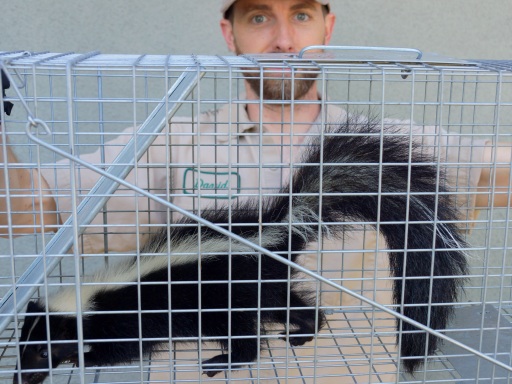
If you simply throw the towel or blanket this could scare the skunk and cause it to spray or hurt you. Be wary of the skunk’s body language which may warn you that it is about to spray. The skunk may raise its tail, stamp its feet or point its tail toward you, this also means the skunk is extremely stressed and afraid as skunks only spray when they fear for their life.
Cover yourself with long sleeves, and thick gloves to enable a safe release of the animal. You should take the skunk a safe distance away from your home, at least 10 miles to ensure that the skunk does not attempt to return to your home. Ideally, this area should be a woodland area as this is the best place for the skunk to thrive as there will be natural produce that the skunk can forage and eat.
If you are at your selected location, you should place the cage or trap gently on the ground. And with gloves and protective clothing open the trap so that you can see the skunk leave the cage, it will most likely run forward and look for a safe space. Return to your car or mode of transport as quickly as possible to prevent the skunk from approaching you.
It is important before you do this to check your local laws regarding where the skunk can legally be released to ensure you are releasing it safely.
Select Your Animal

Raccoons
Raccoon Removal Information & How-To Tips
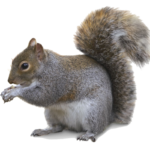
Squirrel
Squirrel Removal Information & How-To Tips
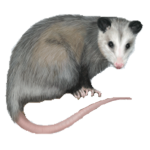
Opossum
Opossum Removal Information & How-To Tips
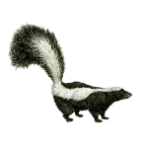
Skunks
Skunks Removal Information & How-To Tips
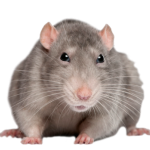
Rats
Rat Removal Information & How-To Tips
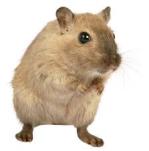
Mouse
Mouse Removal Information & How-To Tips
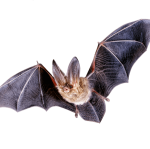
Bat
Bat Removal Information & How-To Tips
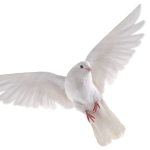
Bird
Bird Removal Information & How-To Tips
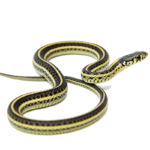
Snake
Snake Removal Information & How-To Tips
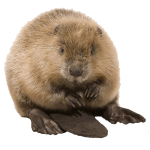
Beaver
Beaver Removal Information & How-To Tips
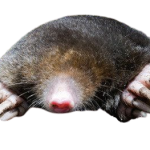
Mole
Mole Removal Information & How-To Tips
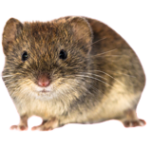
Vole
Vole Removal Information & How-To Tips

Gopher
Gopher Removal Information & How-To Tips
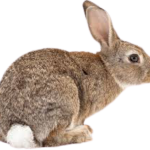
Rabbit
Rabbit Removal Information & How-To Tips
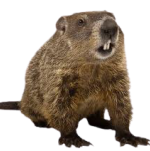
Woodchuck
Woodchuck Removal Information & How-To Tips
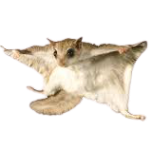
Flying Squirrel
Flying Squirrel Removal Information & How-To Tips
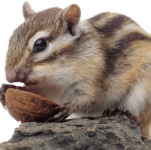
Chipmunk
Chipmunk Removal Information & How-To Tips
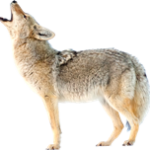
Coyote
Coyote Removal Information & How-To Tips

Fox
Fox Removal Information & How-To Tips

Wild Hog
Wild Hog Removal Information & How-To Tips
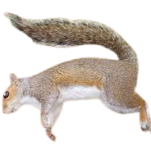
Dead Animal
Dead Animal Removal Information & How-To Tips